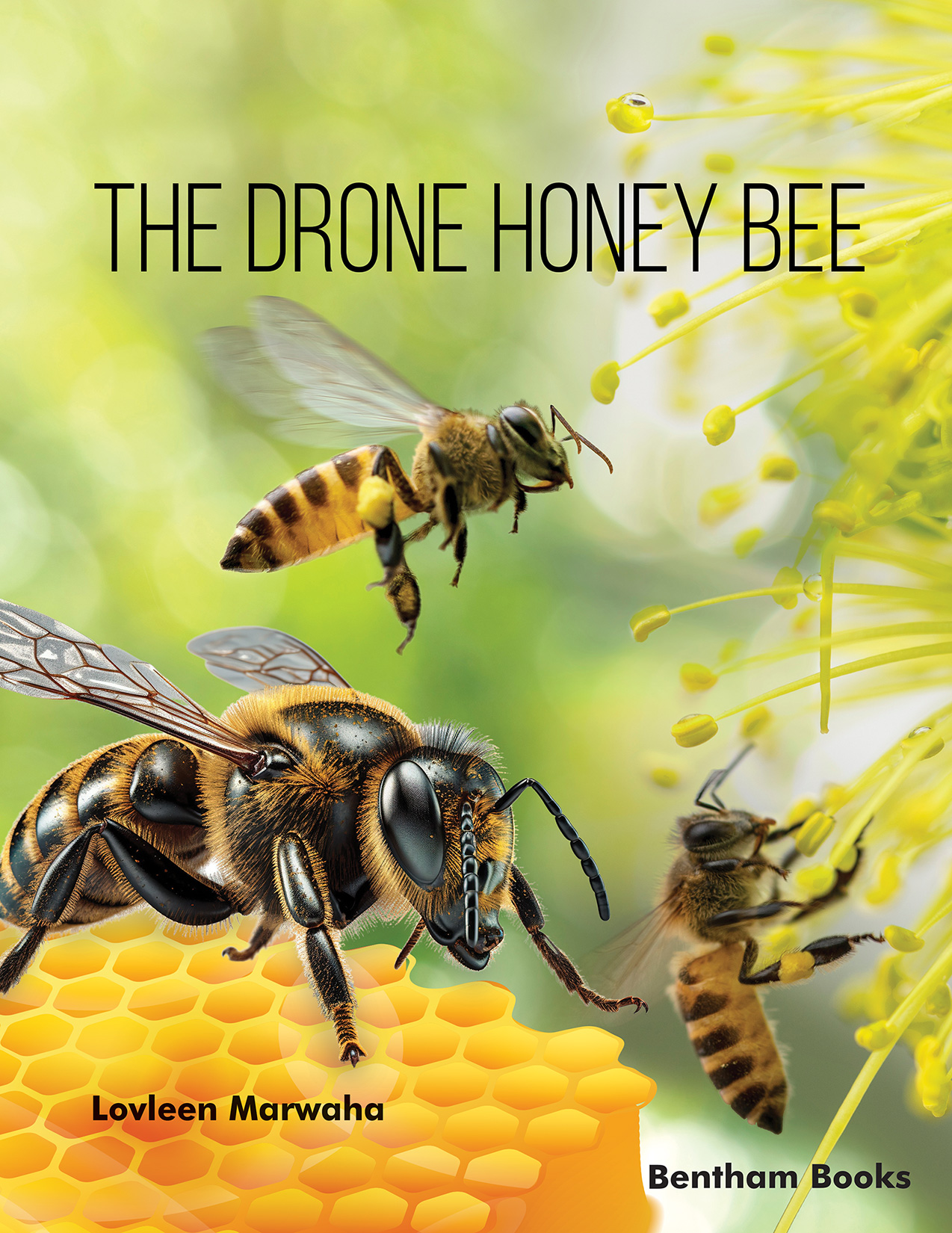Introduction
This reference book is the definitive guide to drone honey bees. The book equips readers with all the knowledge they need to know about drone bee biology and development, their role in the colony and improving the health of their colony. The book starts by providing a detailed review of the development of drone honey bees, their biology, morphometric features, interaction with the Queen and the haploid parthenogenesis. The book then delves into the pheromone profile and mating behavior of drones.
Further, the book describes artificial drone rearing techniques that facilitate healthy bee colony growth and increase apiculture productivity (including their genomic contributions).
Key features:
- - 6 reader-friendly chapters that comprehensively present information about drone honey bees
- - Coverage about drone bee biology, including their physical morphology, development and behavior (including queen interactions)
- - Information about the role of drones in colonial organization and life-cycle events
- - Practical information that helps to improve bee colony health for research and apiculture
The book is an essential primary reference on drone honey bees for biology and entomology students, academicians and researchers at all educational levels. Apiculturists, bee keeping enthusiasts, and general readers interested in honey bees can also benefit from the breadth of information presented.
Audience: Apiculturists, bee keepers, biologists, zoologists, entomologists, bee enthusiasts and general readers interested in the biology of bees.

